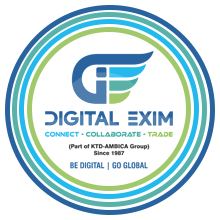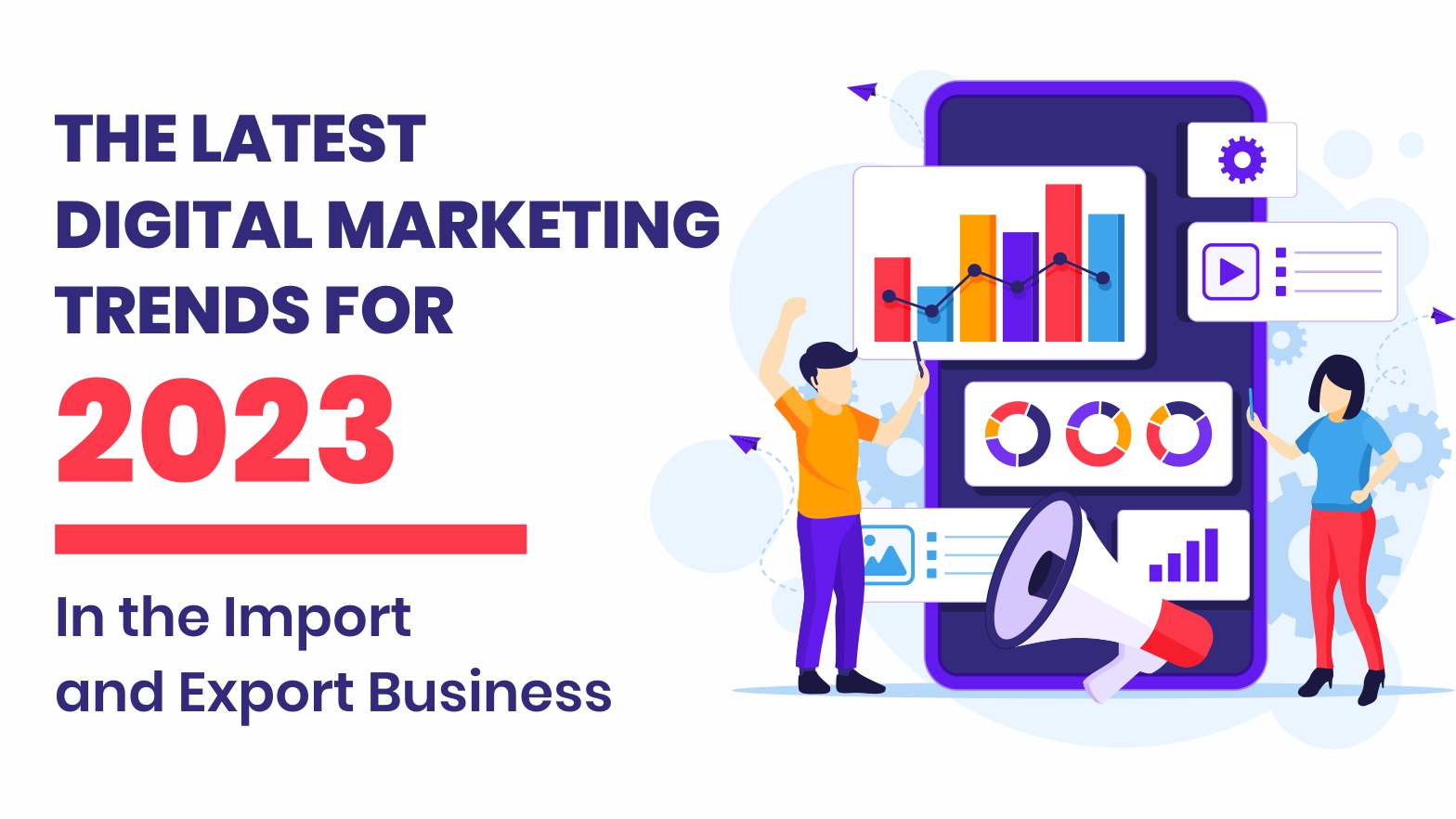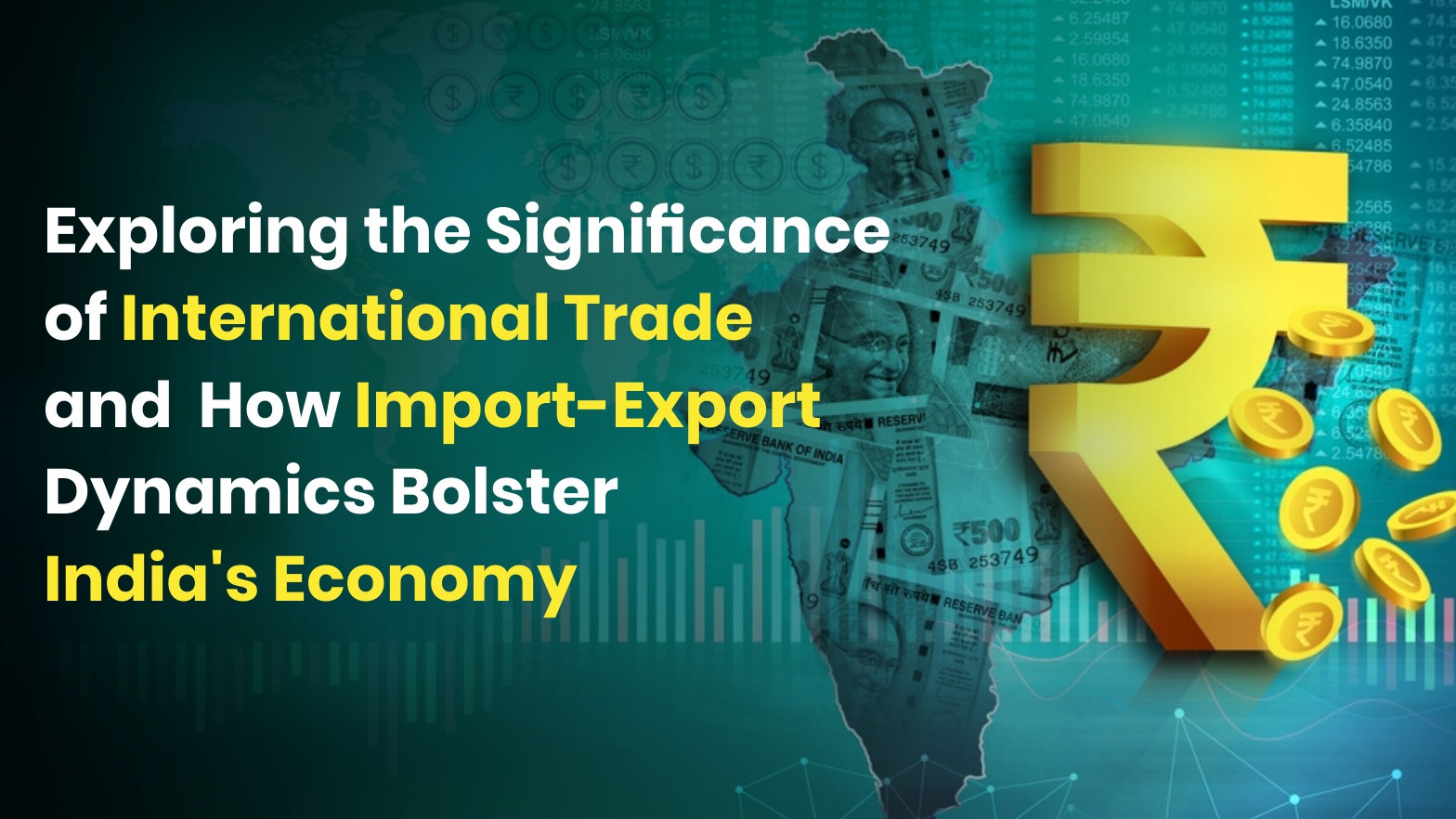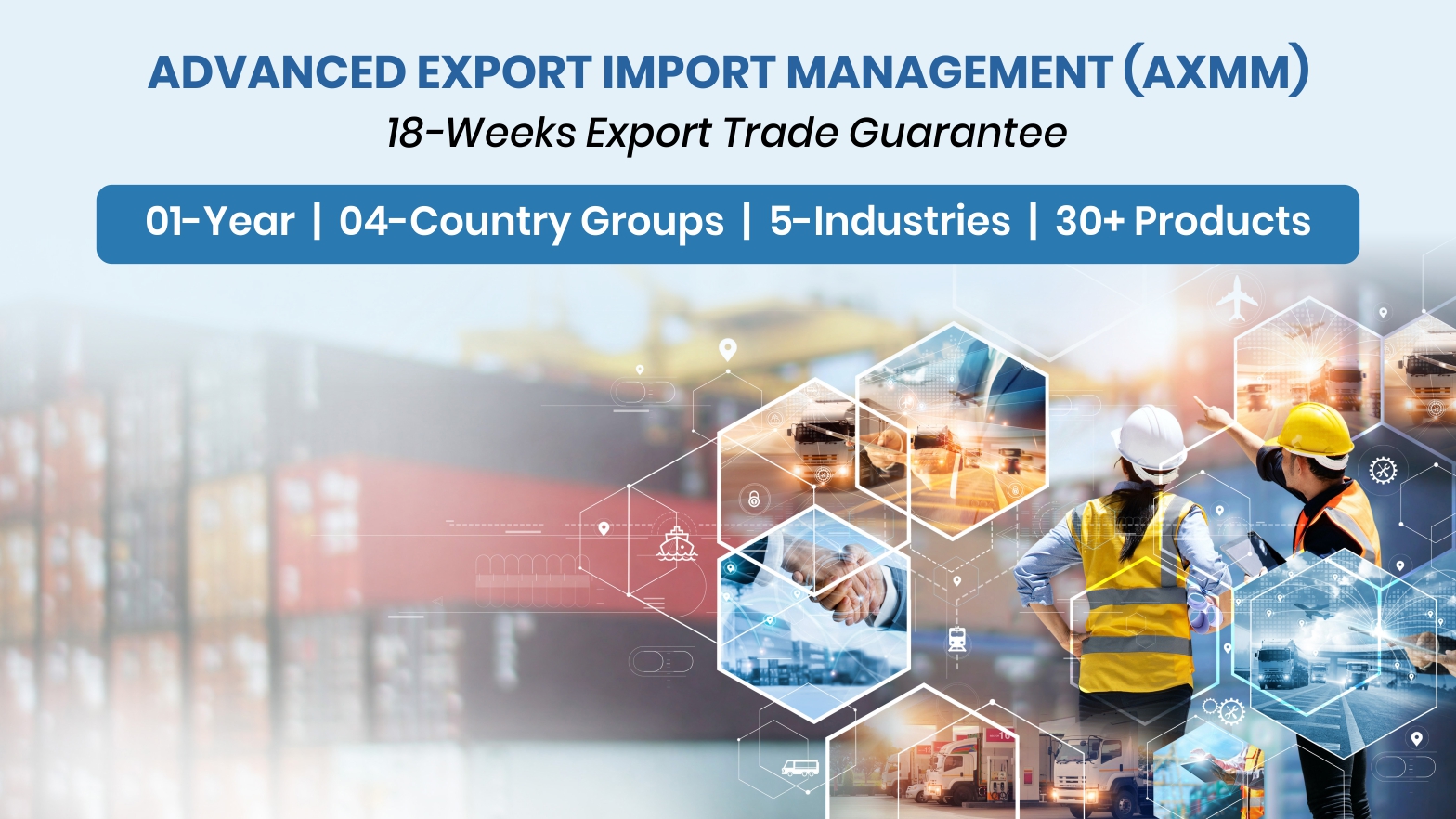In today’s fast-paced and highly competitive business landscape, building a strong brand is not just a luxury; it’s a necessity. A well-established brand can be the difference between success and obscurity. But what exactly is a brand, and why is it so important? This comprehensive guide will delve deep into the world of branding and marketing, exploring the core concepts, strategies, and the profound impact they have on businesses of all sizes. By the end of this 6,000-word journey, you’ll have a solid understanding of how to build and nurture a brand that not only survives but thrives in the ever-evolving marketplace.
Table of Contents
What is a Brand?
Defining Branding
The Evolution of Branding
The Elements of a Brand
The Importance of Branding
Establishing Trust and Credibility
Creating Emotional Connections
Differentiating from Competitors
Influencing Consumer Behavior
The Role of Marketing in Branding
Marketing vs. Branding
The Marketing Mix
Building Brand Awareness
Crafting a Brand Image
Strategies for Building a Strong Brand
Define Your Brand Identity
Understand Your Target Audience
Consistency is Key
Innovation and Adaptability
Measuring Brand Success
Key Performance Indicators (KPIs)
Customer Feedback and Surveys
Competitive Analysis
Challenges in Branding and Marketing
Staying Relevant in a Digital World
Managing a Crisis
Adapting to Market Changes
Case Studies in Branding Excellence
Apple Inc.
Nike
Coca-Cola
Conclusion
The Everlasting Value of Branding
The Ongoing Journey
What is a Brand?
Defining Branding
Before we delve into the intricacies of branding and marketing, let’s start with a fundamental question: What is a brand? At its core, a brand is much more than a logo or a catchy tagline. It’s the perception that people have about your company, products, or services. A brand encompasses the sum total of all interactions, experiences, and associations that a customer has with your business.
The Evolution of Branding
The concept of branding dates back to ancient times when cattle ranchers would mark their livestock with unique symbols to distinguish them from others. Fast forward to the industrial revolution, and branding took on a new meaning as mass production brought about the need for product differentiation. In the modern era, branding has evolved into a sophisticated discipline that combines psychology, marketing, and design to create a unique identity and experience for customers.
The Elements of a Brand
A brand consists of several elements, each playing a crucial role in shaping its identity:
Brand Name: The name of your company or product is often the first thing people encounter. It should be memorable and reflective of your brand’s values and mission.
Logo: The visual representation of your brand, the logo is a symbol that should convey your brand’s personality and essence.
Tagline: A succinct and memorable phrase that summarizes your brand’s promise or unique selling proposition.
Color Palette: Colors evoke emotions and can influence how people perceive your brand. Think about the vibrant red of Coca-Cola or the calming blue of Facebook.
Typography: The fonts you use in your branding materials can convey a sense of sophistication, friendliness, or professionalism.
Voice and Tone: Your brand’s personality should come through in its written and spoken communication. Are you formal and authoritative, or casual and friendly?
Brand Story: A narrative that tells the history, values, and mission of your brand. It helps customers connect with your brand on a deeper level.
The Importance of Branding
Establishing Trust and Credibility
One of the most significant advantages of a strong brand is the trust and credibility it instills in consumers. When people recognize and trust a brand, they are more likely to choose its products or services over those of competitors. This trust is built over time through consistent messaging, quality products, and positive customer experiences.
Creating Emotional Connections
Effective branding goes beyond rational decision-making; it taps into emotions. Brands that connect with customers on an emotional level often enjoy fierce loyalty. Think about the emotional bond people have with brands like Apple or Disney. These companies have mastered the art of creating emotional connections that keep customers coming back for more.
Differentiating from Competitors
In crowded markets, differentiation is key to success. A strong brand helps you stand out from the competition by highlighting what makes your business unique. This differentiation can be based on product quality, innovation, customer service, or values. Without a strong brand, you risk becoming a commodity, easily replaceable by a cheaper or more convenient alternative.
Influencing Consumer Behavior
Branding has a profound impact on consumer behavior. It can influence purchasing decisions, drive customer loyalty, and even command premium prices. Consider the luxury fashion industry, where brands like Louis Vuitton and Gucci can charge exorbitant prices for their products because their brands are associated with exclusivity and prestige.
The Role of Marketing in Branding
Marketing vs. Branding
While branding and marketing are closely related, they are not the same thing. Marketing is the process of promoting and selling products or services, whereas branding is about creating a distinct identity and perception in the minds of consumers. However, the two are interconnected. Marketing activities are the tools used to communicate and reinforce the brand’s message.
The Marketing Mix
The marketing mix, often referred to as the 4Ps, is a foundational framework in marketing:
Product: This refers to the actual goods or services you offer. Your product should align with your brand’s promise and values.
Price: Pricing strategy can impact how customers perceive your brand. Are you a luxury brand with premium pricing or a budget-friendly option?
Place: This involves the distribution channels through which customers can access your product or service. Your brand’s availability can affect its perception.
Promotion: Promotion includes all the marketing and advertising activities you undertake to communicate your brand’s message and persuade customers to buy.
Building Brand Awareness
One of the primary marketing goals in branding is to build brand awareness. This means ensuring that your target audience knows about your brand and can recognize it. Effective marketing strategies for brand awareness include advertising, content marketing, social media, and public relations.
Crafting a Brand Image
Marketing also plays a crucial role in shaping and maintaining your brand’s image. Every piece of marketing collateral, from advertisements to social media posts, should align with your brand’s identity and message. Consistency in your marketing efforts reinforces the image you want to project.
Strategies for Building a Strong Brand
Define Your Brand Identity
Your brand identity is the unique set of characteristics that define your brand. To develop a strong brand identity:
Clarify Your Values: What does your brand stand for? What are its core values and beliefs? These should guide your brand’s actions and decisions.
Know Your Audience: Understand your target audience’s needs, preferences, and pain points. Tailor your brand’s message to resonate with them.
Craft a Unique Value Proposition: What sets your brand apart? Identify what makes your product or service unique and communicate this clearly.
Design a Memorable Logo: Invest in a professionally designed logo that encapsulates your brand’s essence.
Understand Your Target Audience
Your brand should be built with your target audience in mind. Conduct thorough market research to understand their demographics, behaviors, and preferences. Use this information to tailor your branding and marketing efforts to resonate with your audience.
Consistency is Key
Consistency is vital in branding. All aspects of your brand, from your logo to your customer service, should reflect the same values and personality. Inconsistencies can confuse customers and dilute your brand’s strength.
Innovation and Adaptability
While consistency is essential, it’s also crucial to adapt to changing market conditions and consumer preferences. Successful brands stay relevant by innovating and evolving over time. Consider how companies like Netflix transitioned from a DVD rental service to a streaming giant.
Measuring Brand Success
Key Performance Indicators (KPIs)
To gauge the effectiveness of your branding and marketing efforts, you need to track key performance indicators. These might include metrics like:
Brand Awareness: How many people recognize your brand?
Customer Loyalty: How many customers are repeat buyers?
Market Share: What percentage of the market does your brand occupy?
Customer Satisfaction: Are your customers happy with your products and services?
Return on Investment (ROI): How much revenue is generated for every dollar spent on marketing?
Customer Feedback and Surveys
Listening to your customers is invaluable in understanding how your brand is perceived. Conduct surveys and gather feedback to uncover strengths and weaknesses in your branding and marketing efforts.
Competitive Analysis
Keep a close eye on your competitors. Analyze their branding and marketing strategies to identify opportunities and threats. This can help you refine your own approach and maintain a competitive edge.
Challenges in Branding and Marketing
Staying Relevant in a Digital World
In the digital age, where information travels at lightning speed, brands must adapt quickly. Staying relevant means mastering digital marketing, social media engagement, and online reputation management.
Managing a Crisis
No brand is immune to crises. Whether it’s a product recall, a public relations disaster, or a social media backlash, how you handle crises can impact your brand’s reputation for years to come. Preparedness and transparency are key.
Adapting to Market Changes
Market dynamics are constantly shifting. Technological advances, changes in consumer behavior, and economic fluctuations can all affect your brand’s success. Being agile and adaptable is essential to navigate these changes successfully.
Case Studies in Branding Excellence
Apple Inc.
Apple is a prime example of a brand that has transcended its industry. Known for innovation, sleek design, and a cult-like following, Apple has consistently delivered on its brand promise. Its marketing campaigns have been iconic, creating a sense of anticipation and desire for its products.
Nike
Nike’s “Just Do It” slogan is a testament to the power of a strong brand message. By aligning with athletes and promoting a message of empowerment, Nike has built a brand that is synonymous with athleticism and determination.
Coca-Cola
Coca-Cola’s brand has stood the test of time. Its timeless logo, memorable jingles, and emotionally resonant advertising campaigns have made it a global icon. Coca-Cola’s branding has remained consistent even as it adapts its product line to changing consumer preferences.
Conclusion
In a world where consumers are bombarded with choices, a strong brand is your best asset. It’s the foundation of trust, the generator of loyalty, and the catalyst for growth. But building and maintaining a brand is not a one-time effort; it’s an ongoing journey. It requires a deep understanding of your brand’s identity, your target audience, and the ever-evolving market. By investing in branding and marketing, you’re not just selling products or services; you’re creating a lasting legacy in the minds and hearts of your customers. So, embrace the power of branding, and let your brand shine in the marketplace.
















